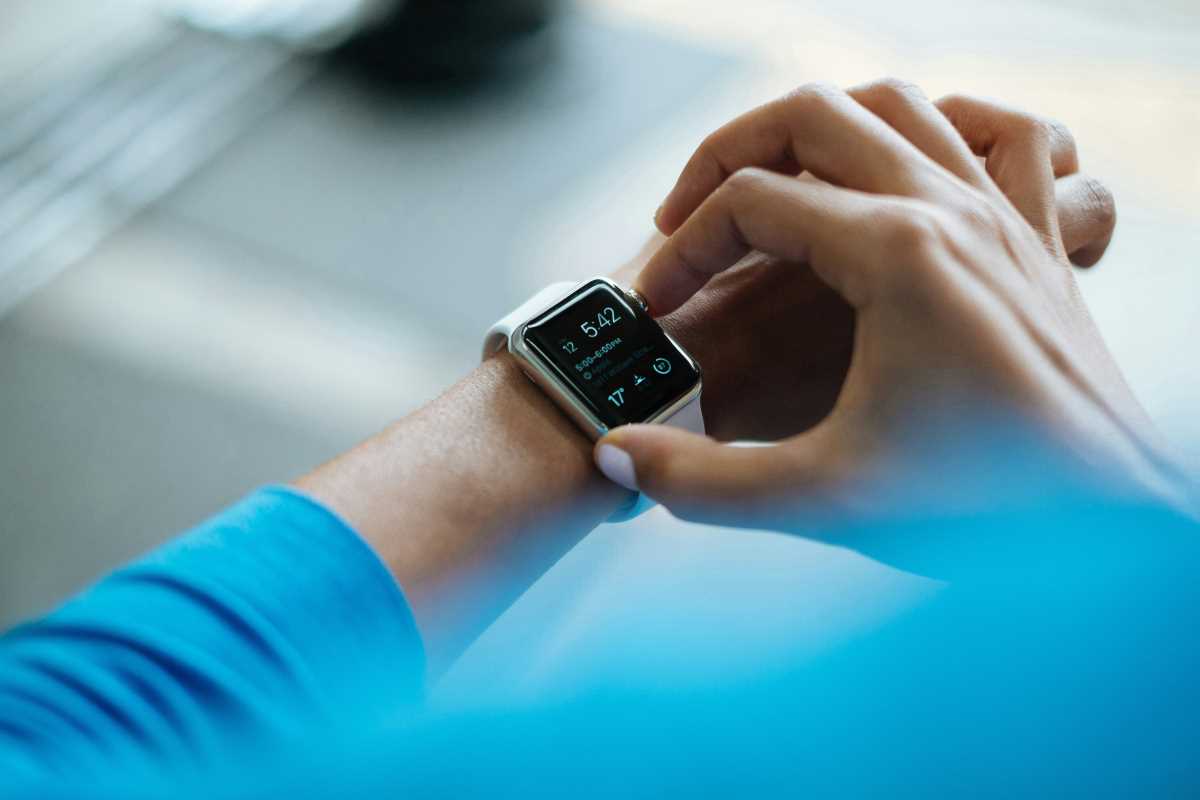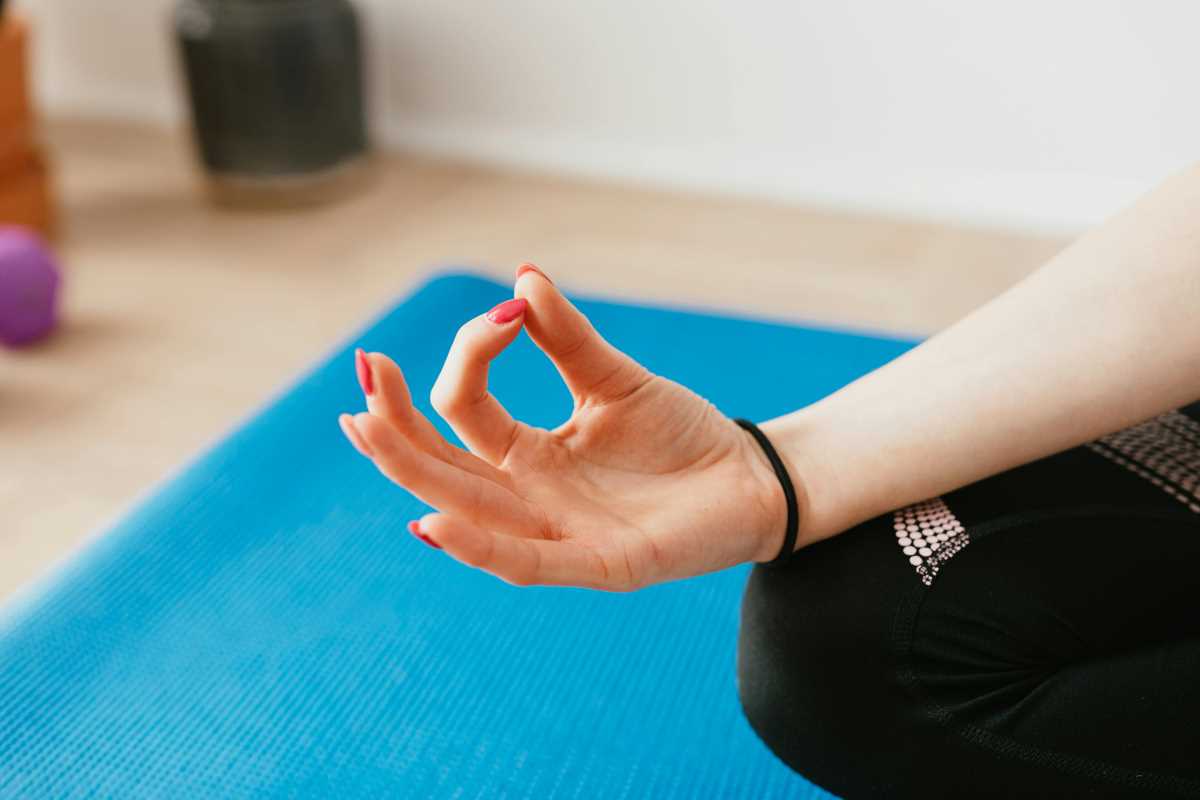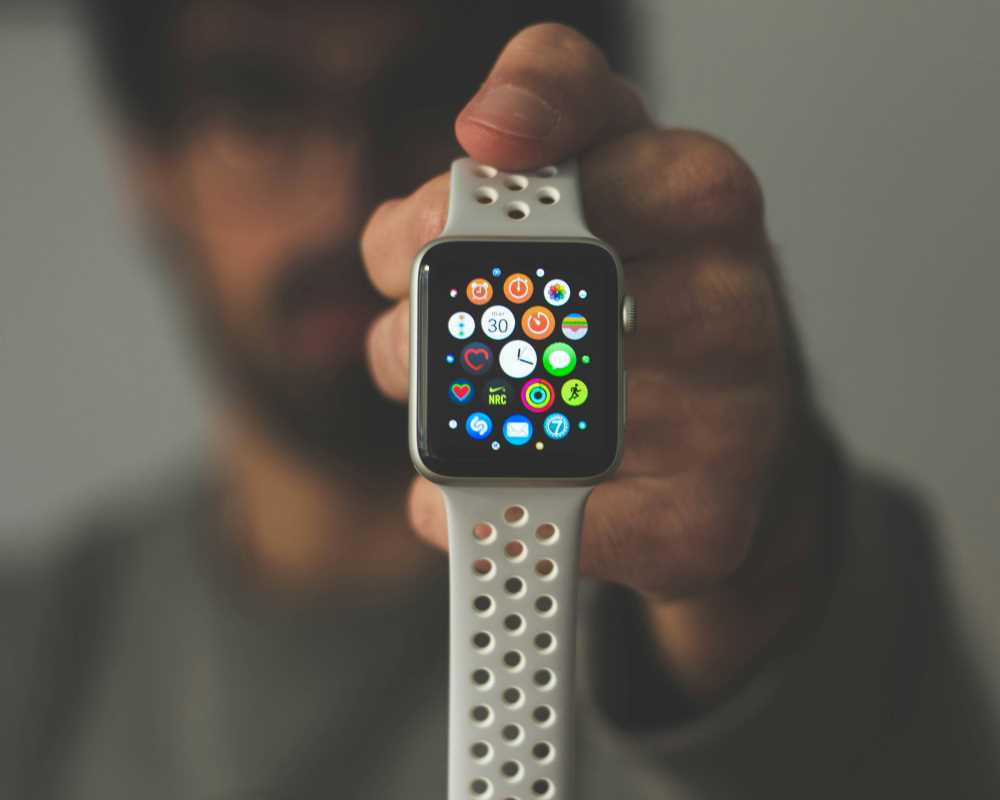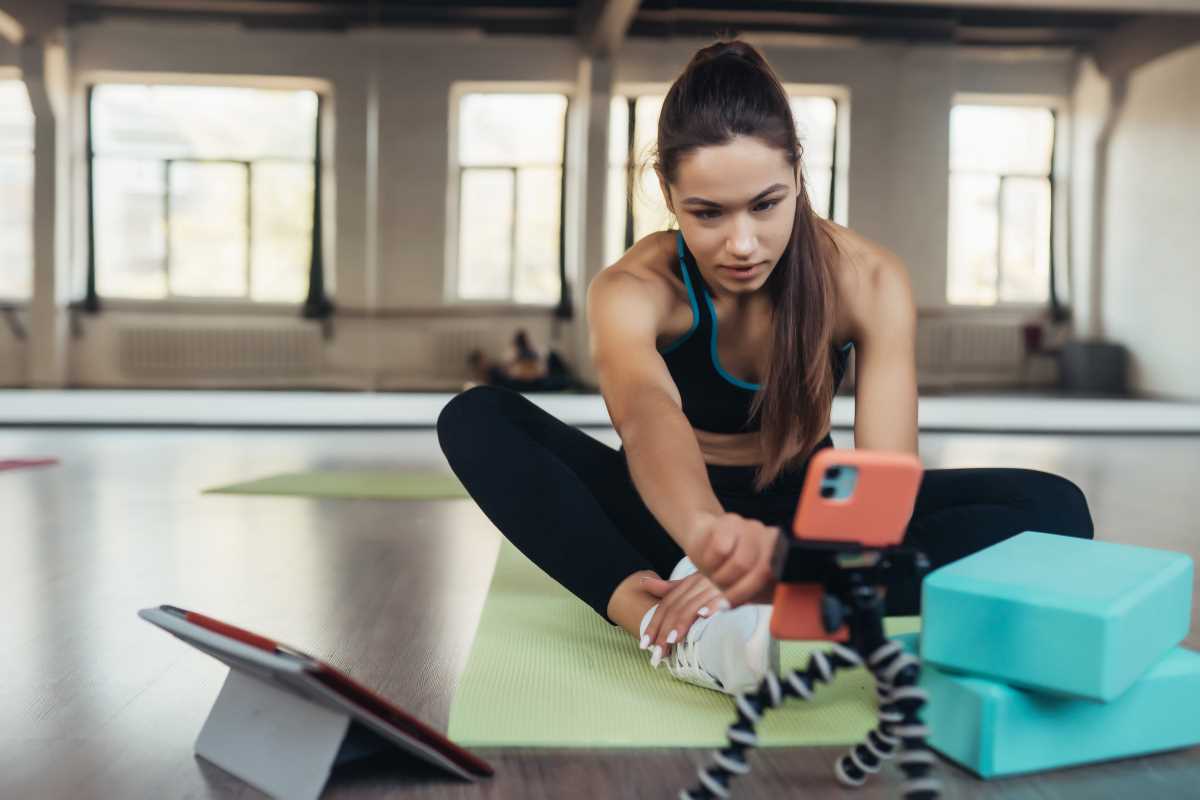If you're pumped about fitness, you're probably already familiar with the mantra that working out is only half the equation. Recovery is the real game-changer. Without proper rest, your muscles don’t grow, your performance plateaus, and all your dedication in the gym can go to waste. But here's the deal—how do you know if you're recovering well?
Enter sleep tracking wearables. These nifty devices are revolutionizing how fitness enthusiasts like you approach recovery. They're not just about recording how many hours you’ve been in bed; they're helping people understand how well they’re sleeping, how their body is recovering, and how to tweak their routines to unlock serious gains.
Whether you're a casual gym-goer or someone who dreams of setting personal bests, here's everything you need to know about how sleep trackers are transforming recovery strategies—and why you should consider one if you're not already wearing one.
Why Sleep Is the Secret Sauce for Recovery
Before we dig into the tech, let's talk sleep. You probably already know that sleep is essential for repairing damaged muscles, recharging energy stores, and getting your body ready for the next big workout. But what’s happening when you sleep that’s so critical for recovery?
- Muscle Repair and Growth: During deep sleep, your body releases growth hormone, which is essential for repairing and building muscle tissue.
- Restoring Energy Levels: Sleep is when your glycogen stores (aka your body’s fuel) are replenished. Without it, you won’t have the energy to crush your workout the next day.
- Mental Recovery: It’s not just your body that needs rest—your brain does too. Sleep helps consolidate learning and decision-making so that you can stay sharp and focused in your workouts and day-to-day life.
Bottom line? Sleep isn’t just a passive part of your fitness routine, it’s an active player in your recovery.
The Rise of Sleep Tracking Wearables
Until recently, tracking your sleep meant scribbling "slept okay" in your fitness journal or trying to recall how many times you tossed and turned. That wasn’t exactly helpful. But now, sleep tracking wearables—gadgets like the Oura Ring, Whoop, Fitbit, and even the Apple Watch—offer a next-level solution.
These devices use sensors to collect data about your body while you snooze. From your heart rate to your breathing patterns and even how much time you spend in each sleep stage, they paint a detailed picture of your recovery.
Sounds intense? It is. But don’t worry—these tools break it all down in simple terms so you don’t need a Ph.D. to make sense of your results.
How Sleep Trackers Support Recovery
Interested in how a wearable might seriously up your fitness game? Here's how sleep trackers are helping fitness buffs optimize their recovery strategies.
1. Track Your Sleep Stages
Most sleep tracking wearables monitor your cycles of light sleep, deep sleep, and REM sleep. Each stage has a role to play in recovery:
- Light Sleep: This is where your body starts to slow down, preparing you for deeper rest.
- Deep Sleep: The magic happens here—muscles repair and grow, and your immune system gets an upgrade.
- REM Sleep: Your brain gets its time to recharge, consolidating memories and processing new skills you’ve learned (like that tricky new lift or running technique).
If your tracker shows you aren’t getting enough deep sleep, it’s a sign to make changes—whether it’s improving your sleep environment or tweaking your bedtime routine.
2. Measure Heart Rate Variability (HRV)
Heart Rate Variability (HRV) is a metric that tells you how well your autonomic nervous system (ANS) is functioning. A high HRV typically indicates that your body is recovered and ready to go hard again the next day. A low HRV? You might need to chill.
Wearables like Whoop and Garmin are great at tracking HRV, making it easier for you to assess your recovery day by day.
3. Identify Sleep Debt
Ever pull an all-nighter and feel like a zombie the next day? That’s sleep debt, and it can add up if you consistently get less rest than your body needs. Over time, this can impact everything from your muscle gains to your mental performance.
Many wearables calculate your sleep debt, showing you whether you’re getting enough rest or falling behind—and giving you a chance to course-correct.
4. Optimize Training Schedules
Based on your sleep and recovery data, wearables can suggest how hard you should train on a given day. Feeling well-rested? Go for that personal best! Had a rough night? Maybe stick to lighter lifting or active recovery.
Some devices go a step further, syncing with training apps to personalize your workout regimen based on your sleep quality and recovery stats.
5. Analyze Trends Over Time
One of the coolest features of sleep trackers is their ability to show long-term trends. You might notice, for example, that your REM sleep improves when you eat earlier in the evening, or that your deep sleep takes a hit after a night out.
With those insights, you can start making lifestyle tweaks that elevate your recovery.
The Bigger Picture
While sleep tracking wearables are amazing recovery tools, they’re not magic. They don’t "fix" your sleep—they simply give you the insights you need to improve it. The real progress comes from the changes you make based on those insights.
That might mean establishing a consistent bedtime, creating a calming pre-sleep routine, cutting back on caffeine, or investing in blackout curtains and a better mattress.
Also, keep in mind that recovery isn’t just about sleep. Nutrition, hydration, stretching, and stress management all play crucial roles too. But with sleep trackers helping you nail down this key piece of the puzzle, you’ll be well on your way to unlocking your potential.
Which Tracker Is Right for You?
Thinking about giving sleep tracking a shot? Here are a few popular options to consider:
- Oura Ring: A sleek, lightweight device that tracks sleep stages, HRV, and readiness scores.
- Whoop: Known for its focus on recovery, Whoop uses data like HRV and sleep performance to guide your training.
- Fitbit: Perfect for beginners, Fitbit offers solid sleep tracking along with basic fitness functions.
- Apple Watch: Versatile and stylish, it provides sleep data along with an entire suite of fitness and lifestyle features.
Your choice will depend on your budget, the features you value, and how much you’re willing to wear your tracker (some people prefer a ring over a watch, for example).
Sleep is no longer the overlooked piece of the recovery puzzle it once was. With sleep tracking wearables, fitness enthusiasts now have the tools to take their recovery as seriously as their training.
If you’re ready to level up your gains, consider making a sleep tracker your next investment. Before you know it, you’ll be conquering each workout, fully rested, fully recovered, and with the confidence to push even harder.
Your next personal best might just begin with a good night’s sleep.
 (Image via
(Image via





